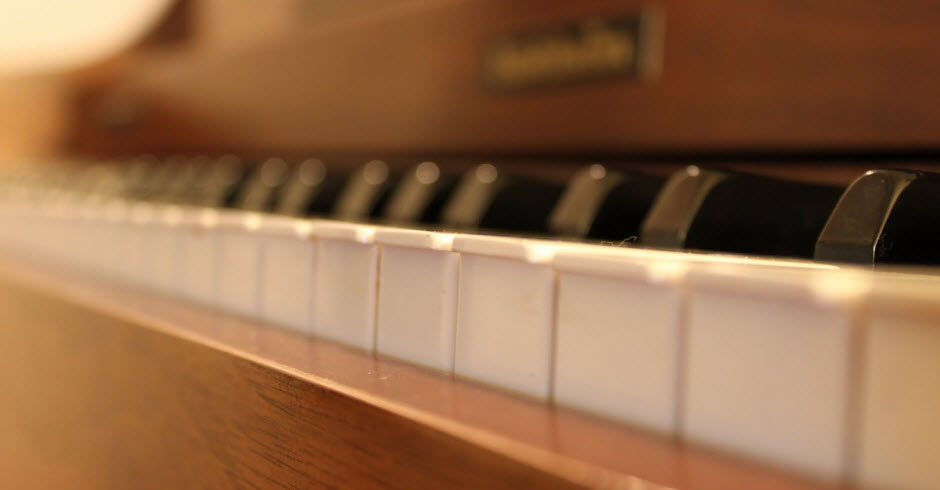When learning any musical instrument there are always tricks and hacks for beginners to push your skills forward.It isn't always necessary to plug away at endless amounts of theory worksheets and books to become a competent keyboard or piano player.If you want to learn keyboard or piano but don't want to have the pressure of learning all the theory you can quickly turn your passion and love of music into a success by learning practical hacks so you progress in a shorter period of time.Many famous musicians and artists have taught themselves to play by ear, and have gone on to have very successful music careers.Playing without sheet music as a guide will also bring out your creativity and allow you to stamp your own style and identity on any song.If you want to take a few shortcuts then follow the simple guide below for success in becoming a keyboard or piano star:
If you are undecided about what way to learn keyboard or piano and you just want a quick and fun method then it is best to learn to 'play by ear'. There are many courses that will support you in learning this way, and you will benefit tremendously being taught in this style.
If you want to learn some theory then just practice the basics. This should be enough to take you on to being a decent keyboard or piano player. By the basics I mean memorizing where all the notes are positioned on the keyboard or piano so you can find notes within seconds when learning a new song.
Did you know that practicing in short bursts of 15 minute sessions every day is far more beneficial to practicing for long periods? This is great news for beginners who might not have much free time to learn.
When learning your first full song break it down into small sections and work on it hands separately initially, then put it hands together once you are comfortable.
Rhythm is one of the hardest things to grasp along with co-ordination when learning, so make it your goal to focus on this as soon as you start to learn. For example, when you have worked out the rhythm, notes and structure of a song then play along to a metronome or drum beat. Keep it at a slow consistent rhythm to start with and gradually increase the speed until you reach the original timing of the song.
If you are undecided about what way to learn keyboard or piano and you just want a quick and fun method then it is best to learn to 'play by ear'. There are many courses that will support you in learning this way, and you will benefit tremendously being taught in this style.
If you want to learn some theory then just practice the basics. This should be enough to take you on to being a decent keyboard or piano player. By the basics I mean memorizing where all the notes are positioned on the keyboard or piano so you can find notes within seconds when learning a new song.
Did you know that practicing in short bursts of 15 minute sessions every day is far more beneficial to practicing for long periods? This is great news for beginners who might not have much free time to learn.
When learning your first full song break it down into small sections and work on it hands separately initially, then put it hands together once you are comfortable.
Rhythm is one of the hardest things to grasp along with co-ordination when learning, so make it your goal to focus on this as soon as you start to learn. For example, when you have worked out the rhythm, notes and structure of a song then play along to a metronome or drum beat. Keep it at a slow consistent rhythm to start with and gradually increase the speed until you reach the original timing of the song.

